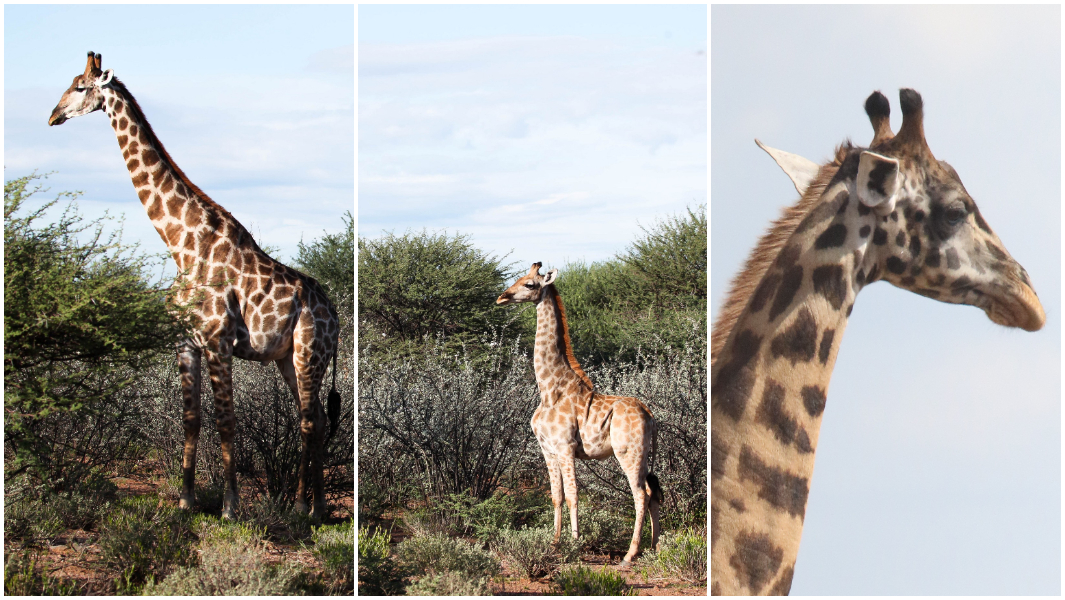World’s first dwarf giraffes prove once and for all that size doesn't matter

The giraffe is the world’s tallest living animal, with an adult male Giraffa camelopardalis typically measuring between 4.6 and 5.5 m (15–18 ft) in height.
And yet, there is an exception to every rule.
On this year’s World Giraffe Day, we are taking a closer look at Gimli and Nigel, the first dwarf giraffes.
Gimli was first observed in Murchison Falls National Park in Uganda. As of 2017, he had an estimated total height of 282.9 cm (9 ft 3 in), which is approximately half the size of an adult male giraffe.
If his name sounds familiar, it’s because he was named after the famous Lord of the Rings dwarf character.
Nigel is even shorter than Gimli, measuring approximately 254.4 cm (8 ft 4 in) from hoof to the top of the horns. He was photographed in 2018 at a private farm in Namibia.

However, the primary indicator of these giraffes’ dwarfism was not based on their total height but rather their morphological limb dimensions; while they have a characteristically long neck like other giraffes, their legs are proportionally much shorter.
"The initial reaction was disbelief," said scientists Dr Michael Butler Brown and Emma Wells of the Giraffe Conservation Foundation.
“We quite literally did a double-take when we saw this unusual giraffe to make sure that our eyes were not deceiving us," Dr Brown told Forbes.
What’s also interesting is that the two giraffes are from different subspecies, indicating that dwarfism isn’t restricted to one type of giraffe or region.

Dwarfism is a condition that is often seen in humans and even a few domestic animals such as dogs, but it has never been seen in a wild animal before. According to Dr Brown, “Instances of wild animals with these types of skeletal dysplasias are extraordinarily rare.”
For those worried that their unique features put Gimli and Nigel at a disadvantage living in the wild, there is some good news. Dr Brown assured us that, since they both have survived the crucial first year, their chances of living a long life look promising.
What is more, since they happen to live in areas with low predation rates, we are hopeful that these record-breakingly cute animals will live a relatively peaceful life.

You might be wondering, why do we have a day dedicated to giraffes?
World Giraffe Day is celebrated every year on 21 June – this was initiated by the Giraffe Conservation Foundation to celebrate the world’s tallest living animal on the longest day or night (depending on which hemisphere you live!) of the year.
With only approximately 117,000 giraffes remaining in the wild, this day is also an opportunity to raise support and create awareness around the challenges giraffes face.
Gimli and Nigel aren’t just record breaking and adorable, but also a big discovery in the scientific community.
Want more? Follow us across our social media channels to stay up-to-date with all things Guinness World Records! You can find us on Facebook, Twitter, Instagram, TikTok, LinkedIn, and Snapchat Discover.
Don’t forget, we’re also on YouTube!
Still not had enough? Follow the link here to buy our latest book, filled to the brim with stories about our amazing record breakers.


